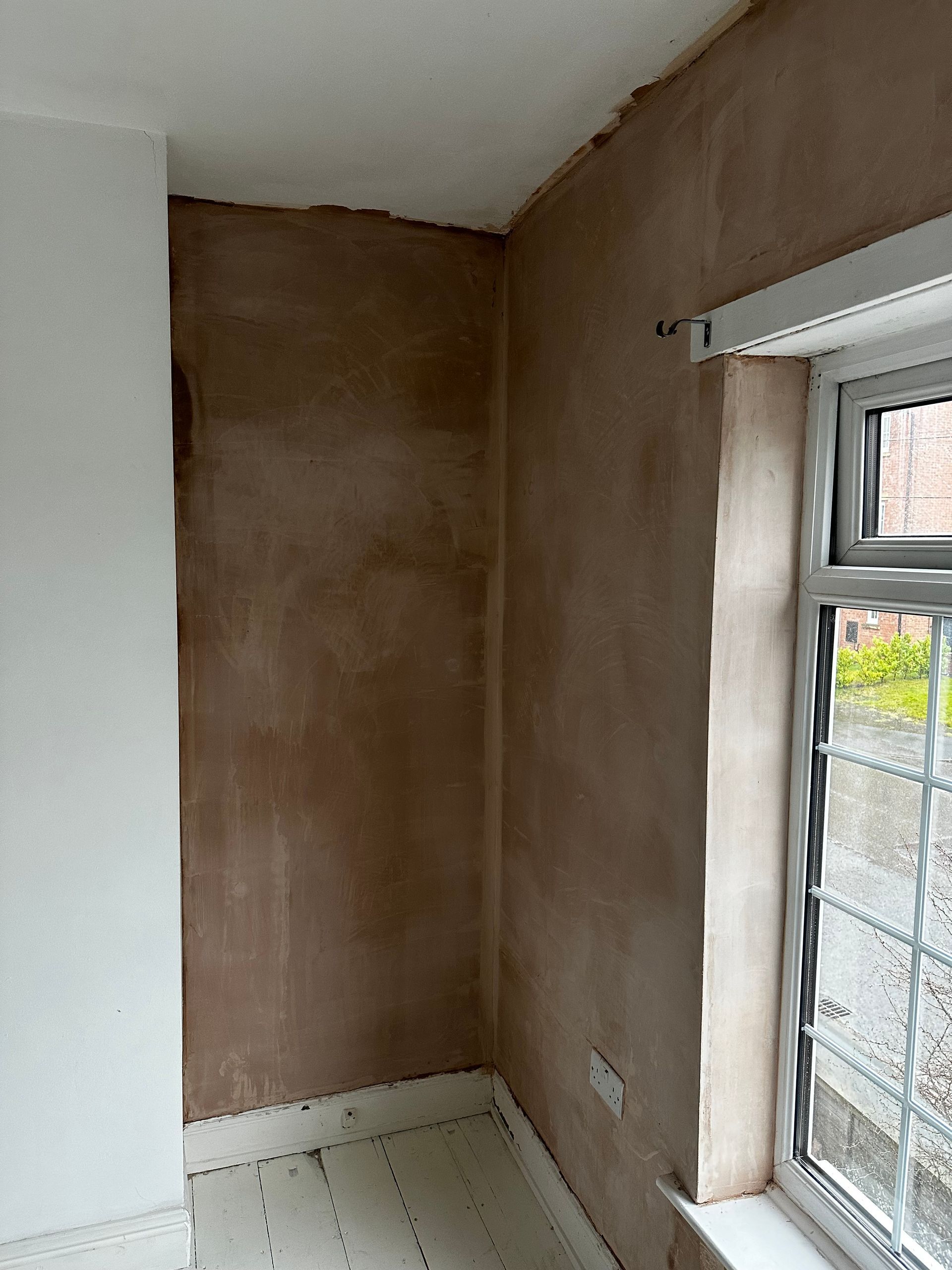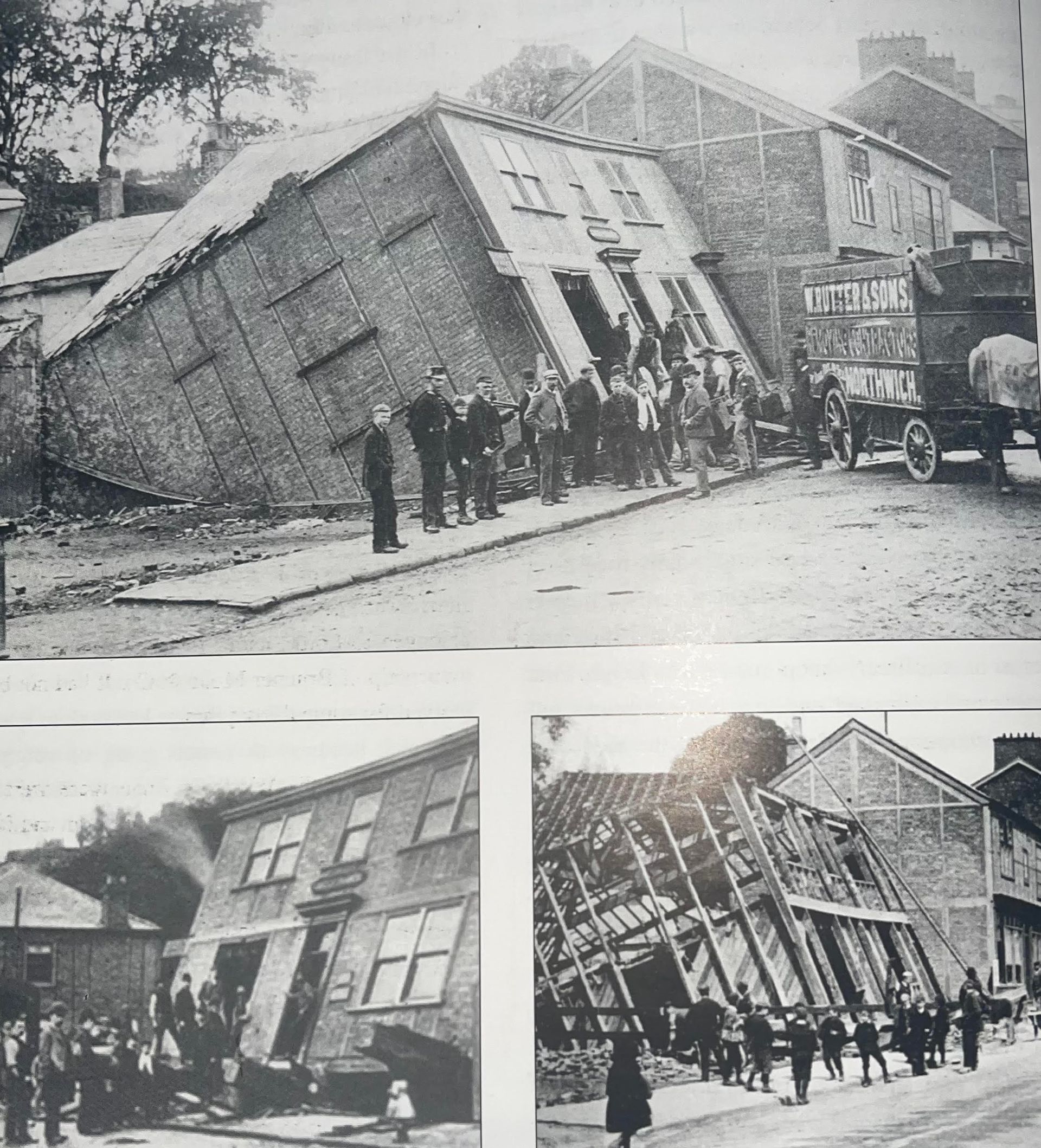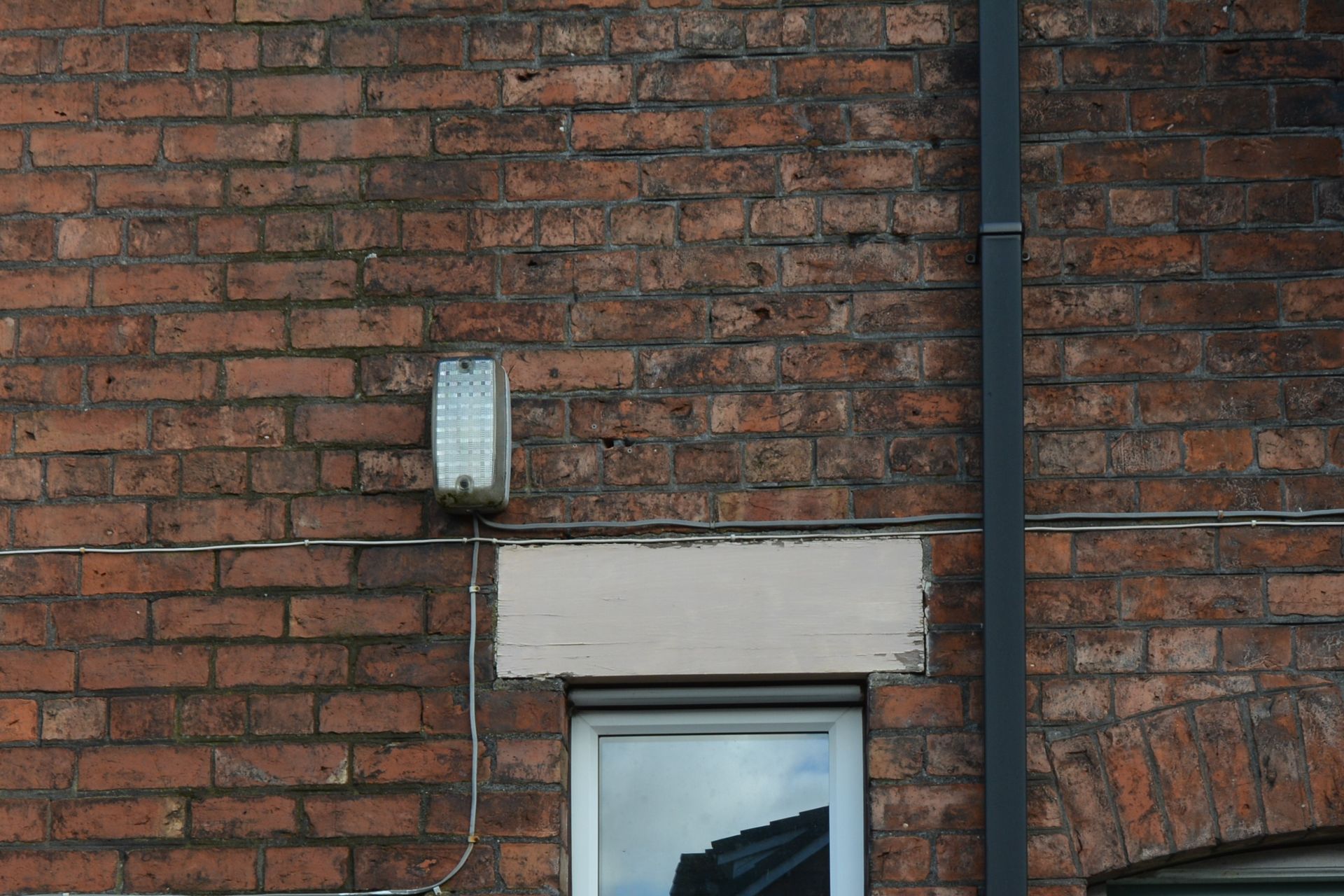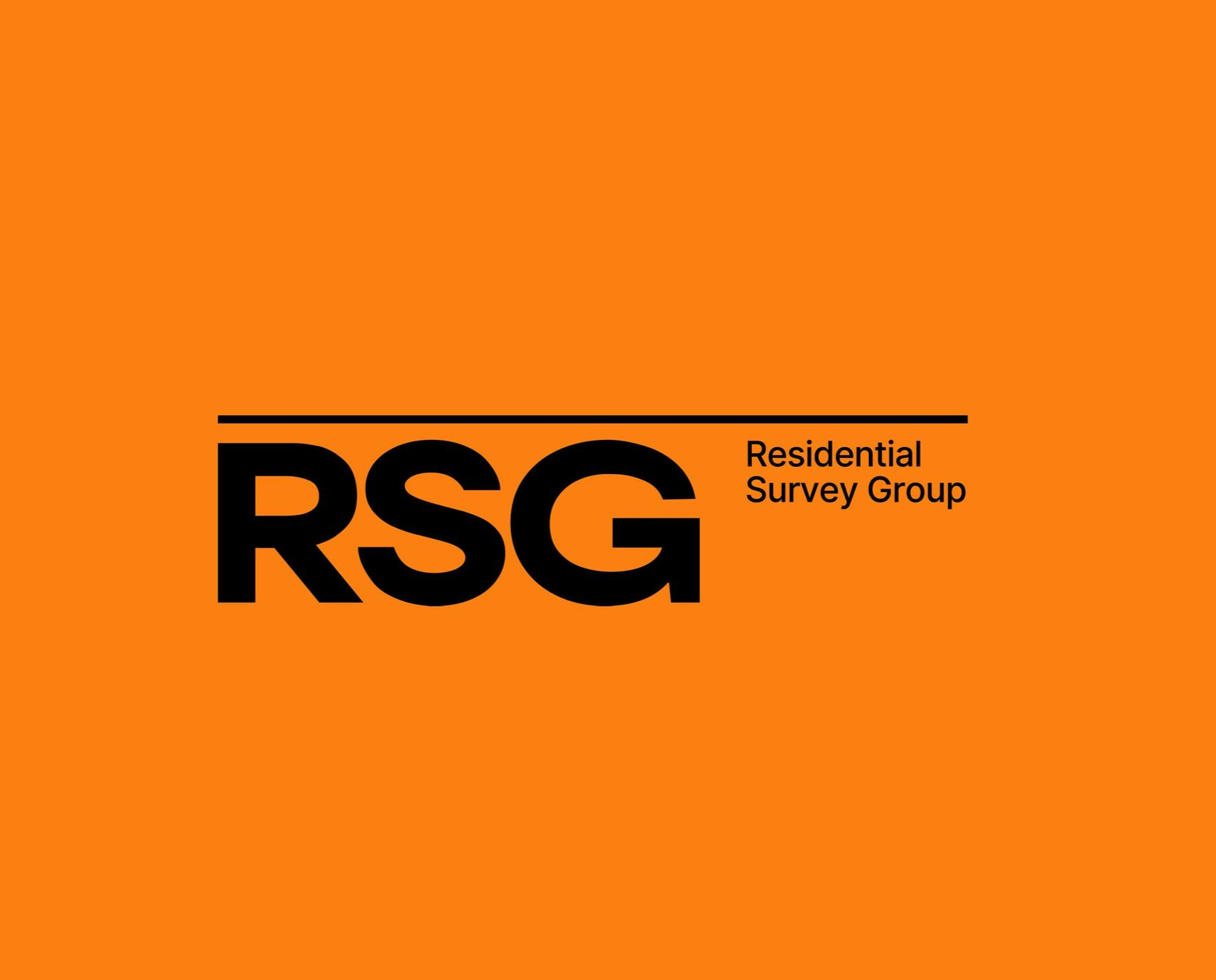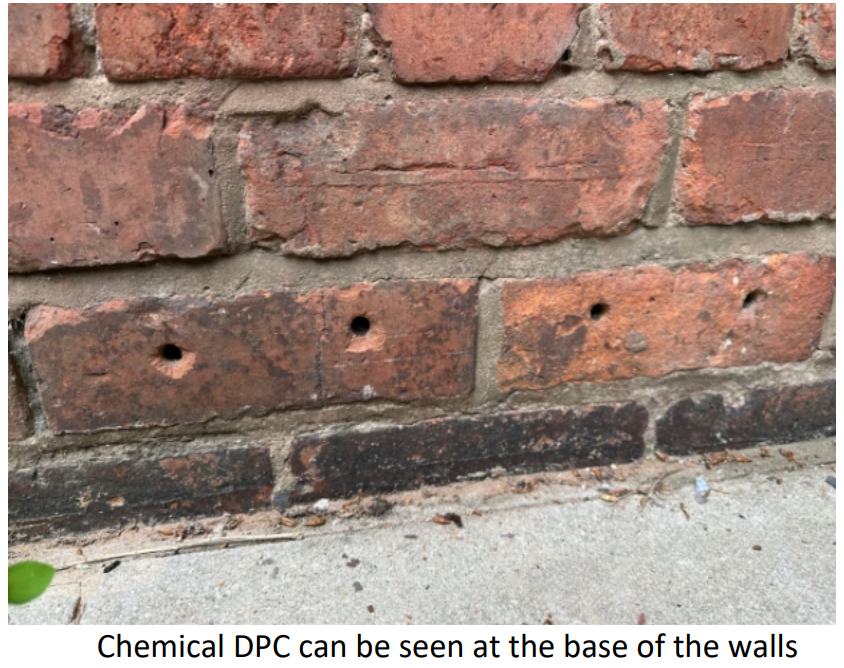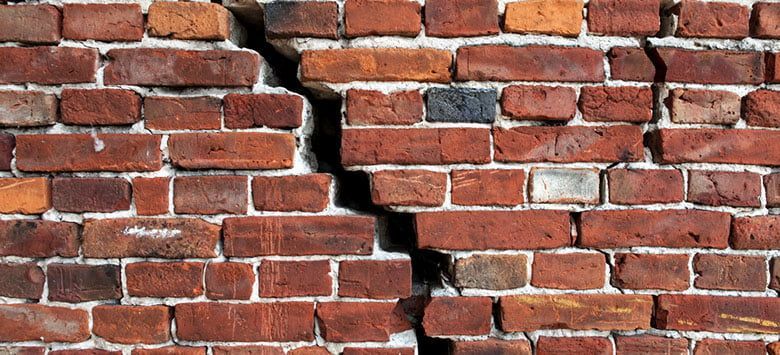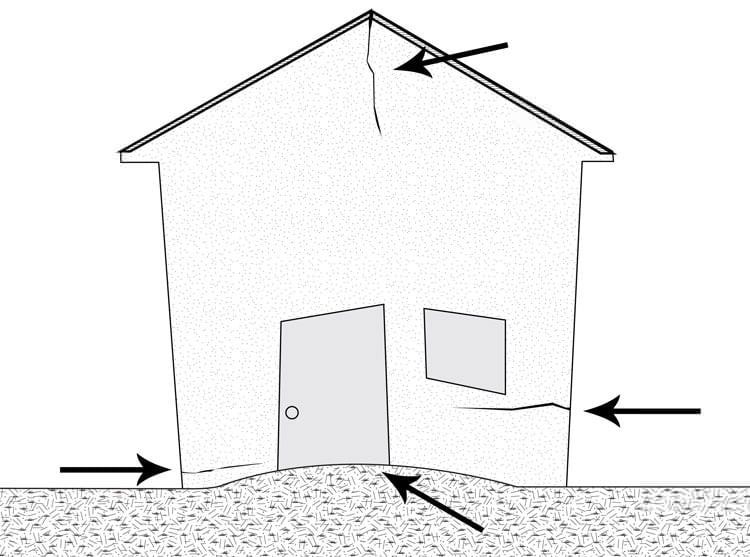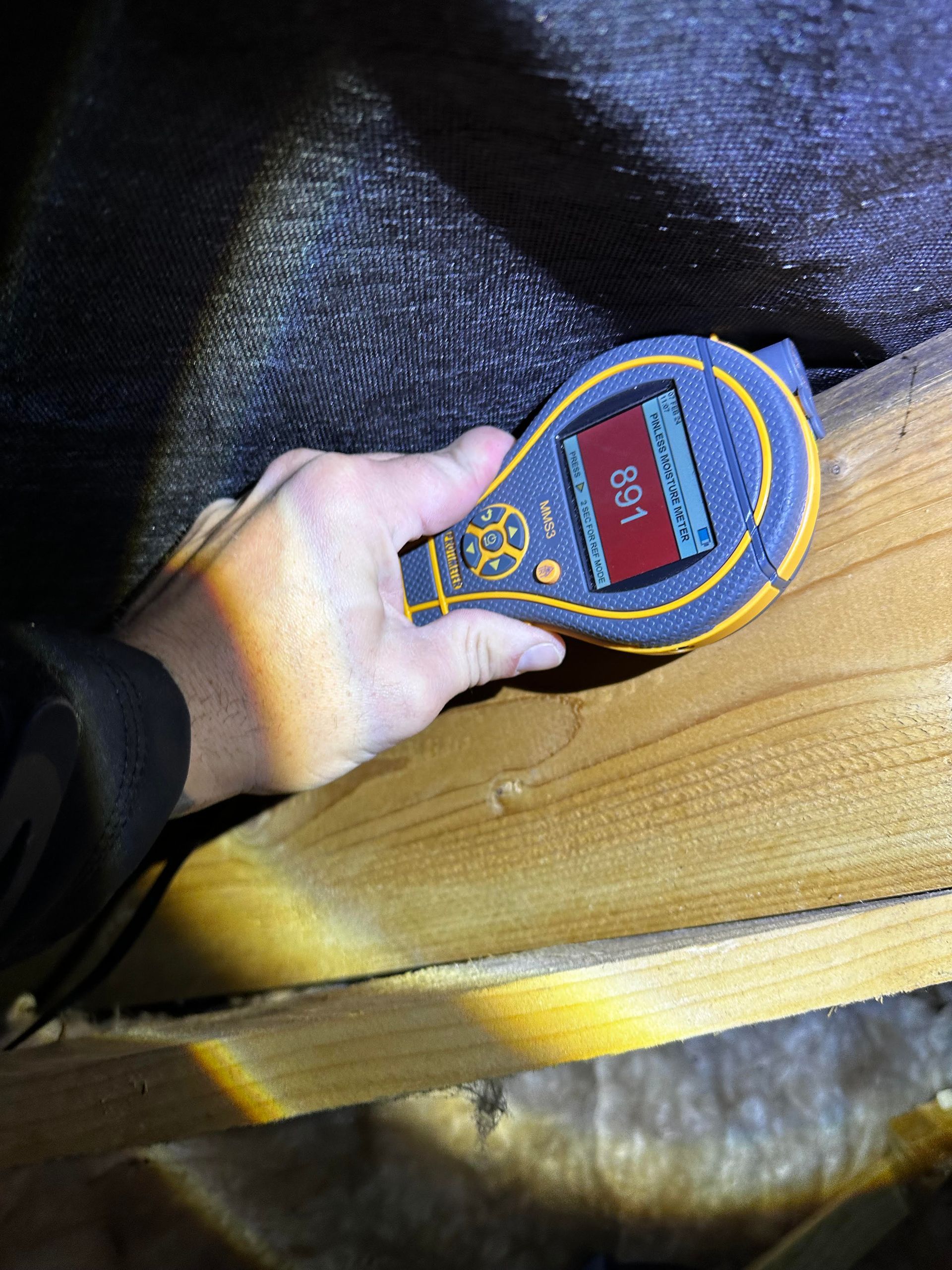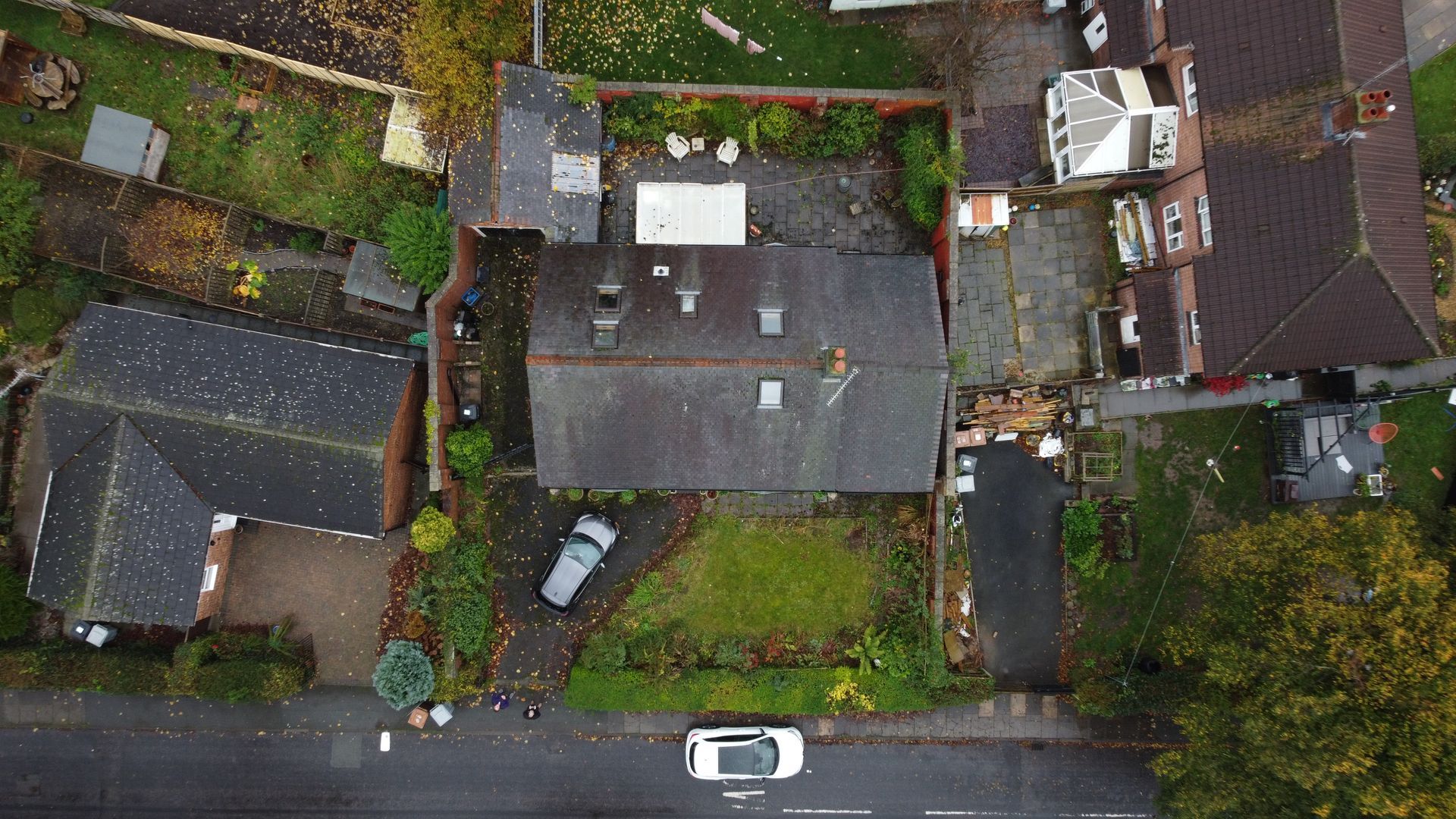Park Home Surveys in Northwich
Park Home and Non-Standard Property Surveys in Northwich – Starting at £385
Comprehensive Park Home and Non-Standard Property Surveys in Northwich – Starting at £385
If you’re considering purchasing a park home or a non-standard property, such as a timber or steel frame structure, finding a qualified surveyor who understands these property types is essential. As the only surveyors in the area offering specialised surveys for park homes and non-standard construction types, we provide expert, in-depth inspections tailored to meet the unique requirements of these properties.
Why Choose Our Park Home Survey?
Park homes and non-standard properties require specific attention due to their unique construction and potential vulnerabilities. Our survey includes:
- A detailed inspection of the property’s structure and materials.
- Assessment of potential issues common in park homes, such as moisture ingress, frame condition, and insulation.
- A clear report based on the standard Level 2 RICS format.
- A clear, professional report providing recommendations and insights to help you make an informed purchasing decision.
With over 15 years of experience, we are dedicated to helping buyers in Northwich and the surrounding areas feel confident in their investment. This comprehensive park home survey is available for £385, including VAT.
Expert Surveys for Timber and Steel Frame Homes
In addition to park home surveys, we also offer specialised assessments for timber and steel frame houses. Non-standard construction can present unique challenges that require a deep understanding of alternative building methods. Our surveys deliver peace of mind by helping you understand the property’s current condition and any potential maintenance or repair needs.
With vendor consent, we can conduct an invasive inspection of the steel frame condition. This survey type requires full permission from the current owner, as it involves drilling 8mm holes across the property to assess the frame's integrity. These holes are then filled and repointed upon completion of the inspection, ensuring minimal impact to the building's fabric.
Book Your Survey Today
To schedule a park home or non-standard property survey in Northwich, contact us today. Our goal is to ensure you receive a thorough, professional survey, giving you the insight needed to make a confident purchase.
Contact: Gareth@residentialsurveygroup.com
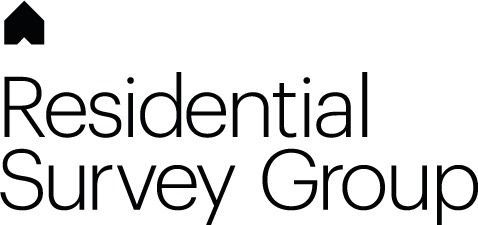
Home Surveys in Northwich, Middlewich & Winsford – What You Need to Know (and What They Should Cost)
